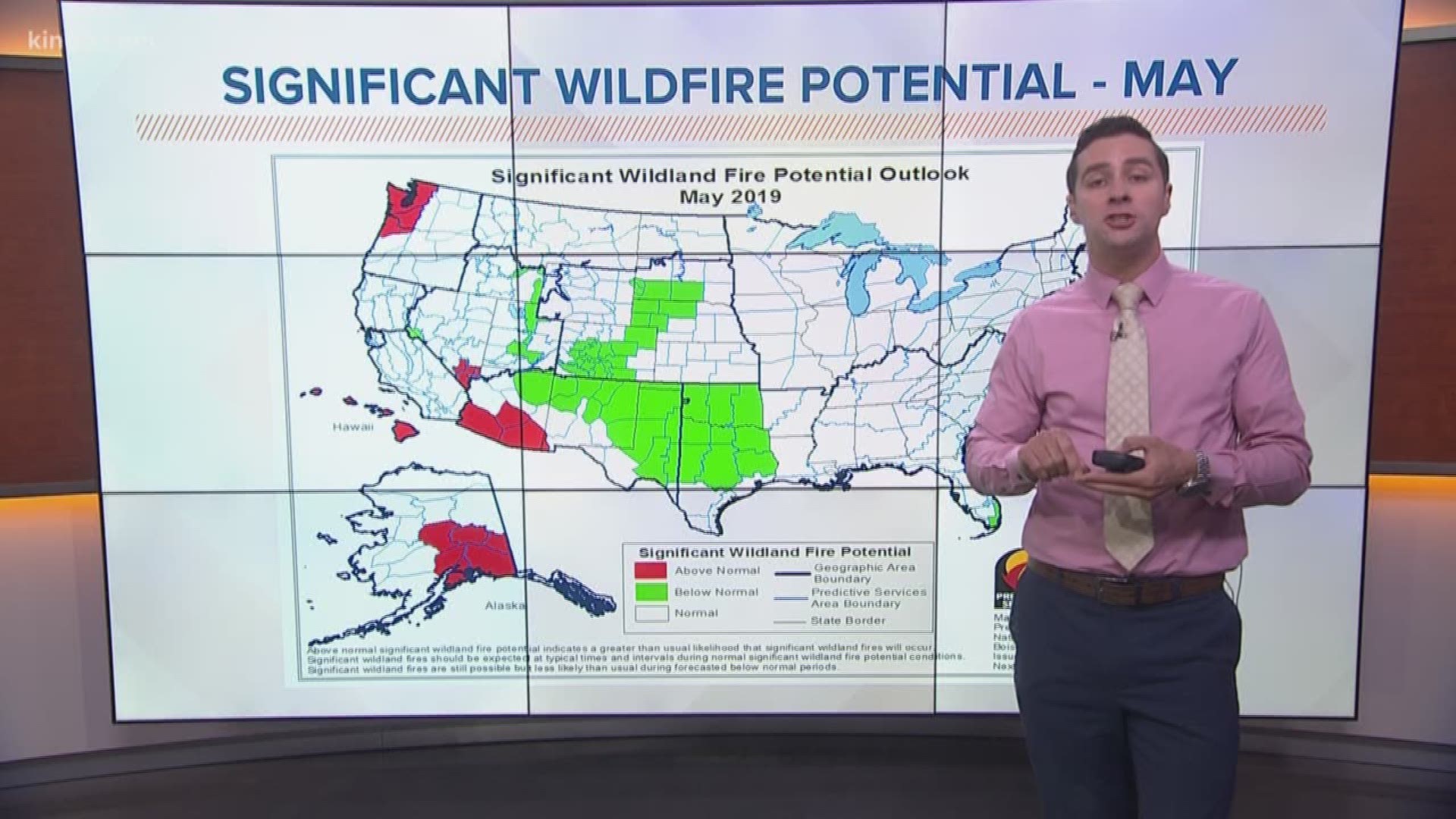The snowpack in Olympic National Park dropped to nearly half of what it normally is this time of year.
Park scientists completed snow surveys for May 1, finding the snowpack dropped to 53% of the 30-year normal. A dry March and warmer-than-normal April have contributed to the decreased snowpack, according to park officials.
Snow could melt out up to two weeks earlier than normal in some areas.
A lower snowpack over the winter can lead to a reduction of vital water supplies over the summer. Between April and September, much of the state relies on snowmelt to supply streams with water needed for drinking, farm irrigation and fish habitat.
Drought can also mean an early fire season and the lead to more significant wildfires.
Over in the Skagit basin, water levels are predicted to be lower than normal. Seattle City Light is predicting water levels in the Ross reservoir at the utility's Skagit Hydroelectric Project to be "significantly lower" than normal during the summer. Ross Lake will be as much as 25 feet below normal, according to the latest estimates.
The basin received 4.4 inches of rain between February and March, compared to an average of 15.56 inches. Snowpack declined by 18% in March and was 75% of normal as of mid-April.
Gov. Jay Inslee has already declared a drought emergency in central Washington, citing water supply shortages in several watersheds.
The results of the survey come at a time when western Washington is already considered abnormally dry. Portions of central Washington have already entered a period of moderate drought, according to the latest information from the U.S. Drought Monitor.
It's unlikely we'll get much relief heading into warmer months. The weather outlook for the next week at least calls for below-normal precipitation in the Pacific Northwest.

